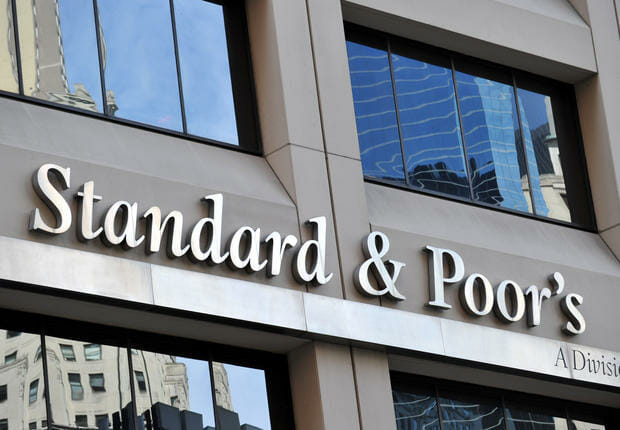
Higher inflation and rising U.S. interest rates are weighing heavily on Asia-Pacific economies. S&P Global Ratings expects that in regions where inflation already exceeds targets, or which are vulnerable to capital flight, central banks will be forced to raise interest rates. This describes most regional economies.
However, where neither inflation nor capital flight is a major issue, central bankers will focus on growth, we assume. This will result in a three-speed policy setting across Asia-Pacific. Many economies are likely to see significantly higher rates, some may lift rates moderately, while the rest (China and Japan) probably will not tighten at all.
This is according to a report published, titled, “Interest Rates To Rise Across Asia-Pacific.”
“Asia-Pacific’s monetary policymakers will face difficult trade-offs this year,” said Louis Kuijs, S&P Global Ratings’ Asia-Pacific chief economist. “The Russia-Ukraine conflict is adding to global inflation by raising the cost of energy and other raw commodities. An increasingly hawkish U.S. Fed is tightening its policies, and most recently signaled it would radically reduce its balance sheet.”
This puts pressure on the region’s central banks to raise policy rates to anchor inflation expectations, retain their credibility, support the national currency, or head off financial instability. However, as the effect of the conflict and the U.S. Fed shift weighs on economic growth, we anticipate some central banks will tighten as little as possible, or not at all.
The U.S. Fed’s policy tightening raises the potential for capital outflows from Asia’s emerging markets, hitting regional currencies. The “taper tantrum” of 2013 shows the vulnerability of Asia’s emerging markets to this dynamic, and the sudden swings in sentiment they may bring.
Our assessment suggests that some Asian emerging markets could be vulnerable to capital flight this year, mainly due to significant external deficits amid higher energy prices and elevated fiscal deficits and debts.
“Several central banks in Asia-Pacific will be forced to tighten,” said Mr. Kuijs. “The prospect for rate rises varies sharply. The prospect for inflation does not–every region will see higher prices.”
This report does not constitute a rating action.








